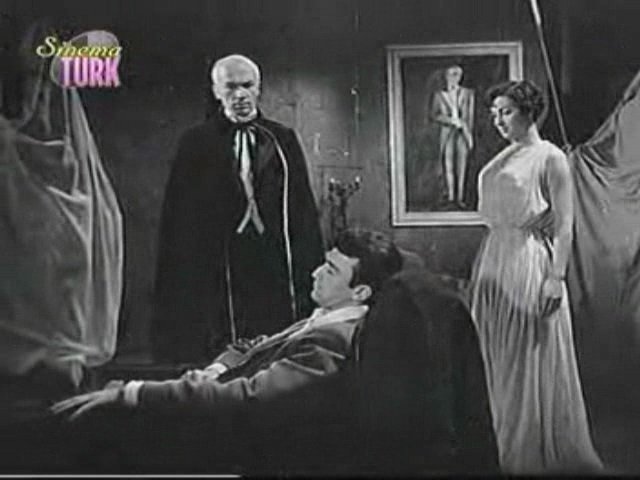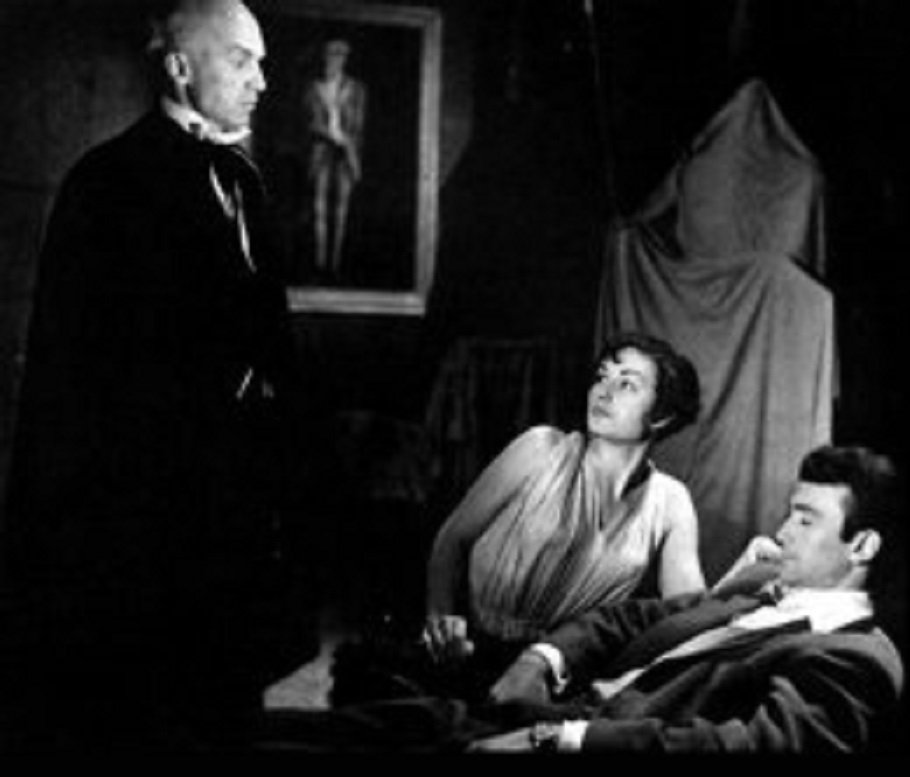Vampires, vampires, vampires… Contrary to popular belief, vampires are not a product of cinema fiction. There are many official sources in world history that contain information about vampires. There are even documents in Turkey that show encounters with vampires. For more detailed information about vampires in Turkey and movie history, refer to my article titled “History of Vampires in Cinema.”
According to sources dating back to before the Common Era, vampires are claimed to be real. What is fictional is the definition of a vampire that we know today; a creature that cannot go out in the sunlight, survives by sucking blood, and shudders at the sight of garlic. However, vampires claimed to exist in history can very well walk in the sunlight, like Blade. Almost everything known or half-known about vampires has changed with Bram Stoker’s book and Murnau’s Nosferatu. In his book written in 1897, Stoker compiled and merged all existing vampire information to create the modern vampire that has survived to this day and gave all the data that would create the contemporary vampire to Murnau.

Vampires who visited the Ottoman territories in the past have become the subject of interesting legends like the Cihangir Vampire. These creatures, who were mentioned in some sources, have been a part of Hollywood cinema since the 1890s, but the first vampires in Turkey only found their place on the cinema screen in 1953. The 1953 film “Dracula in Istanbul,” directed by Mehmet Muhtar, not only has an important place in Turkish cinema history but also caused a stir with its innovations in the history of vampires. At a time when there was almost nothing in terms of horror cinema in Turkey, Mehmet Muhtar undertook a critical task. He not only attempted but also succeeded in reforming the history of vampires by localizing the story of Dracula.
Through the Fantasturka Film Festival, I had the chance to watch “Drakula Istanbul’da,” a production that, despite being made on an extremely low budget in 1953, deserves recognition for its time. However, when it was released, Drakula Istanbul’da did not scare anyone and failed to attract people’s interest, resulting in a poor box office performance. Although I could not find an official source to confirm it, it is said that American audiences appreciate the film’s value. There are rumors that the film got a standing ovation in the cinema where it was shown. My guess is that the audience must have loved the movie because it presented a reformulated version of the classic vampire story.
Many details distinguish Mehmet Muhtar’s “Drakula.” First of all, he did not bring the actual Dracula story to the screen. Instead, the book he adapted for the screen was “Kazikli Voyvoda,” a 1923 publication adapted by Ali Riza Seyfi from Bram Stoker’s book. “Kazikli Voyvoda,” tells the story of the ruthless Vlad the Impaler. Bram Stoker’s “Dracula” only arrived in Turkey in its 100th year, in 1998. Another detail is that “Kazikli Voyvoda” was republished in 1997 by Giovanni Scognamillo as a book titled “Drakula Istanbul’da.”
The director adapted the film from an adapted book, so the subject matter and characters have changed slightly. For instance, the word “vampire” is never mentioned in the Drakula Istanbul’da, and instead, they use the word “hortlak,” which means ghoul in English. The classic Dracula films were shot in places where Christianity was prevalent, and they always found a solution in Christianity and the Bible. All motifs in these films were based on Christianity. However, Mehmet Muhtar synthesized the film with Islam, which was appropriate for the era and the land where he lived. Therefore, the film does not show the cross, which is an essential element in vampire films. Moreover, Jonathan Harker’s character is married, and the director used garlic as a substitute for the holy book and the cross. Mehmet Muhtar deserves credit for adapting the film to the era’s conditions while attempting to stay true to the original story. It has become an actual Turkish work, “Drakula.”

Despite the amateurish filming, the movies were shot in 49 days, which I want to give credit where it is due. Although it was done without any budget, and even with some sound issues in some places, successful artistic direction, location selection, and lighting were achieved. You can also see plenty of German Expressionism shadows in the film. Similarly, for its time, the editing and effects in the movie are also very successful. Especially considering that it was the first attempt, I think it deserves a standing ovation. Due to the lack of funds, the director sometimes had to insert advertisements into the film. Actors sometimes mention brands in their lines. Despite such financial constraints, Mehmet Muhtar was a clever man. When the fog machine to be used in the cemetery scene broke down, the whole team lay down on the ground and started smoking simultaneously. When you watch the film, you cannot tell the difference between the fog machine and the cigarette smoke.
Drakula Istanbul’da, while adapting the story to Turkish, also adds a novelty that no one else has done for Dracula. Long teeth are used for the first time in Turkish Dracula. No other Dracula had such long teeth before. Atif Kaptan, who played Dracula, is an essential name for Turkish cinema, and while not as charismatic as Bela Lugosi, he successfully conveys the majesty of Dracula. Can we say the same for other actors? Of course not. They deserve credit for playing an unusual role in an unusual film. An unnecessary but funny detail: our beautiful leading lady Annie Ball did not speak Turkish; they had to dub all of her lines.
So, does Dracula in Istanbul deserves this much writing? I think it does. Dracula in Istanbul is, of course, available on many pirate websites on the internet. I recommend watching it when you have the opportunity. If you have watched it, congratulations. As someone who respects Yilmaz Atadeniz and his films, my respect for all absurd and different Turkish movies is endless. Especially when we are talking about 1953. Only 4 years have passed since Vurun Kahpeye, the first real film of Turkish cinema, was shot. When the cinema was still in its discovery phase in Turkey, Mehmet Muhtar’s decision to undertake such a task was great courage, and truly commendable.

Cast & Crew
director: Mehmet Muhtar
writers: Turgut Demirag, Ümit Deniz, Mehmet Muhtar
starring: Annie Ball, Cahit Irgat, Atıf Kaptan,
TURKEY | 1953 | 102 MINUTES |
